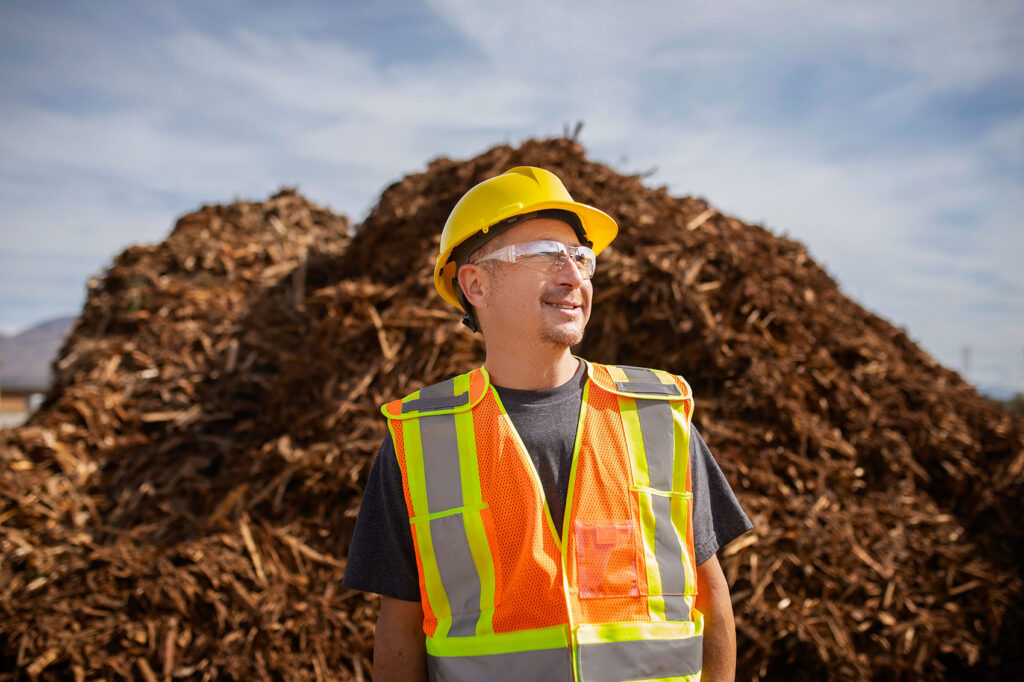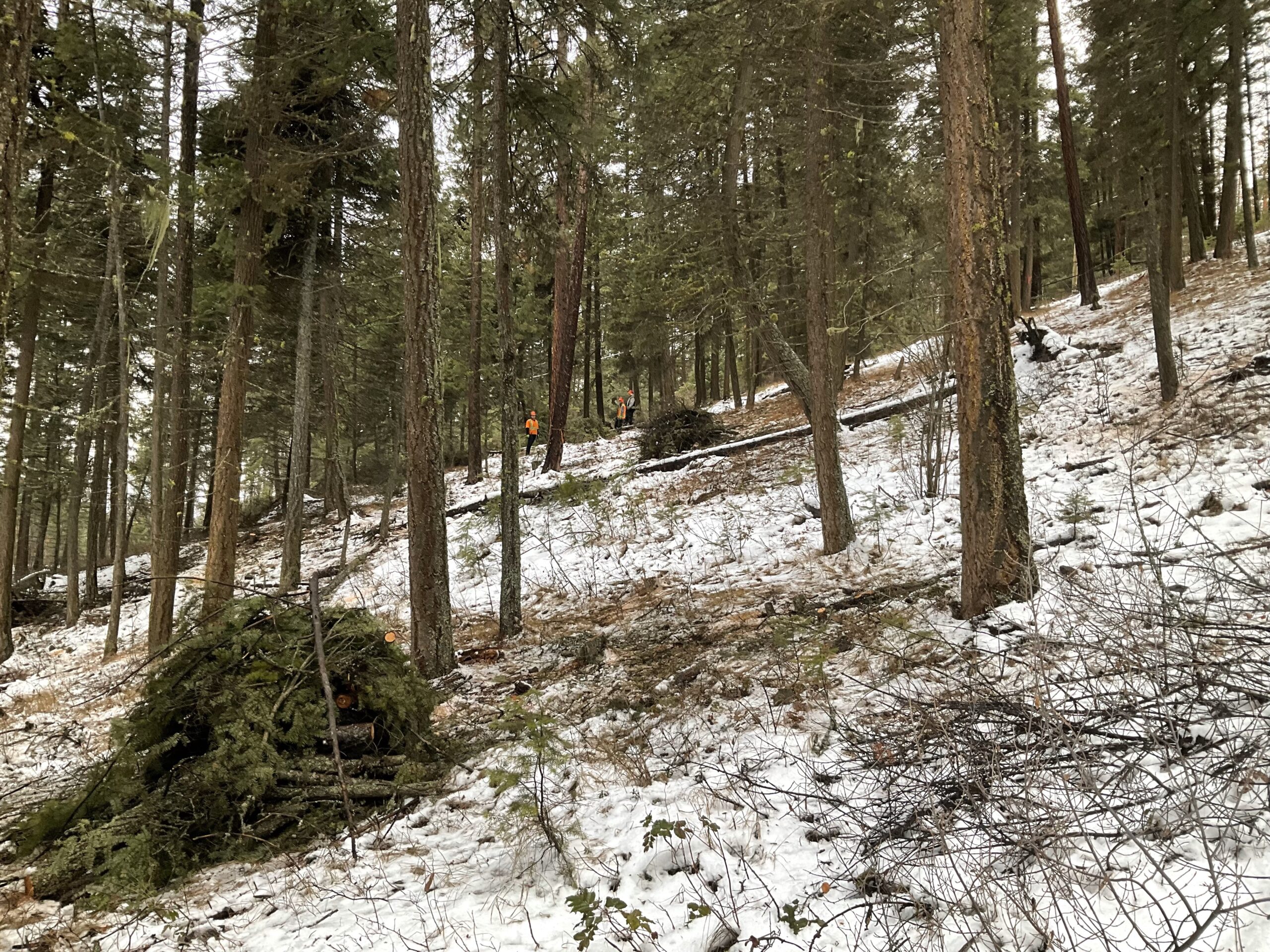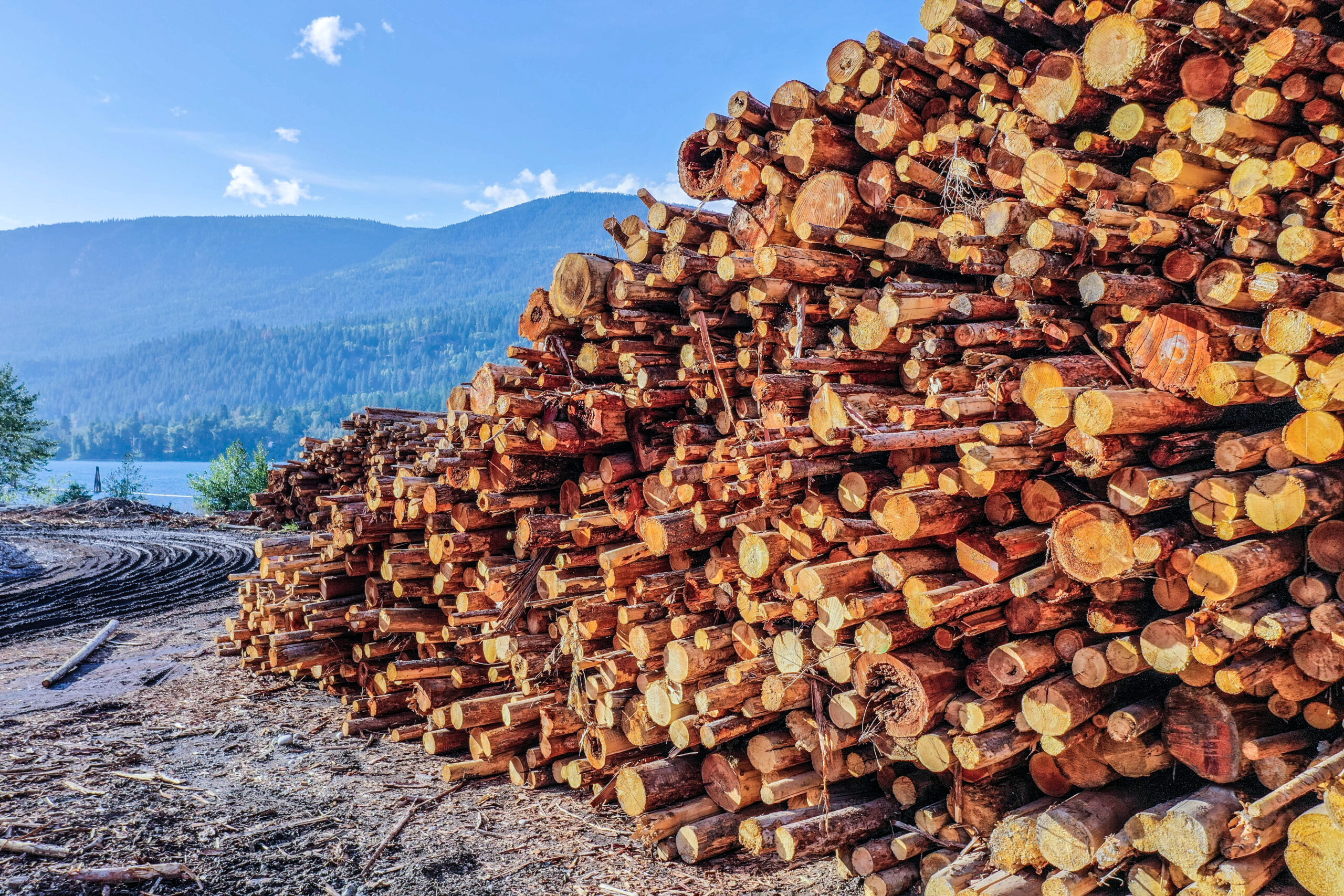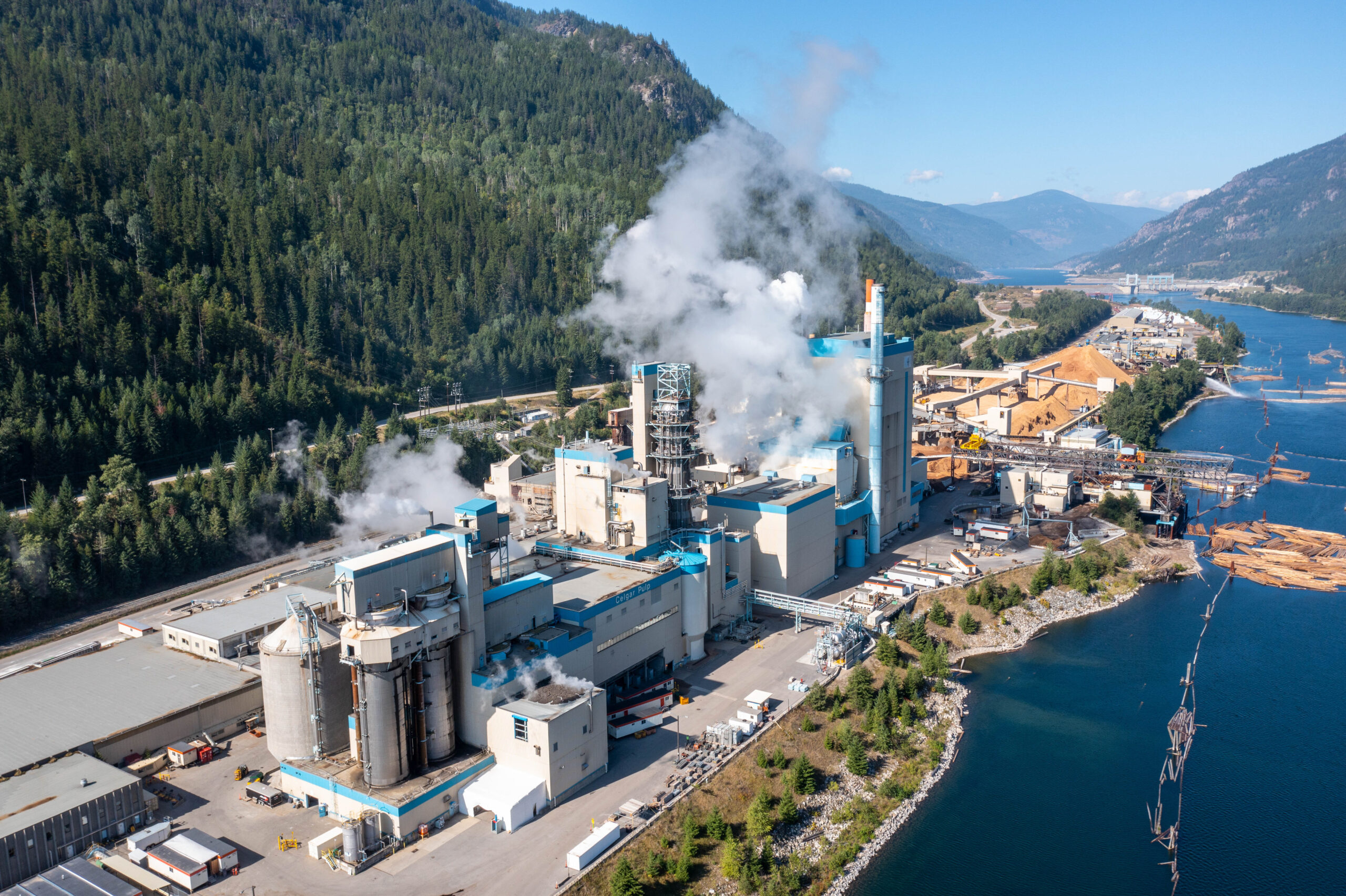Kimberley, B.C. – The City of Kimberley, with funding support from the Forest Enhancement Society of BC (FESBC), is making significant strides in wildfire risk reduction through a targeted project in the Wildland-Urban Interface (WUI) southwest of the community. This initiative, important to help better protect the community, the wildlife habitats and community infrastructure, including City and public assets such as power and water infrastructure, municipal buildings, schools, etc., began in the summer of 2023, and the City’s efforts on the project are ongoing.
“Protecting, people, communities and forests from the threat of worsening wildfires caused by climate change is something our government takes seriously,” said Bruce Ralston, Minister of Forests. “In partnership with the Forest Enhancement Society of BC (FESBC), we are funding wildfire risk reduction projects that reduce fuels in forests near communities. These projects not only help slow or stop the spread of fires, but greatly increase the success of fire suppression efforts by BC Wildfire Service crews on the ground.”
In the summer of 2023, the City began work on its wildfire risk reduction project on 102 hectares of land in the WUI—the area where houses and other buildings are close to, or mixed with, natural areas like forests or grasslands—southwest of Kimberley. This area, identified over 15 years ago as needing treatment, was deprioritized until it was established as Williamson’s sapsucker habitat. The forest area provides essential living conditions for the Williamson’s sapsucker, a species of woodpeckers important for biodiversity and forest ecosystem health. With FESBC’s support, the City could address this high-risk area, a known corridor for the flow of fire, and work toward effectively reducing the potential for more severe wildfires.
Bob Gray, an AFE-Certified Wildland Fire Ecologist and Fire Scientist with the City said, “The support of FESBC is significant in helping the City meet its wildfire risk reduction and maintenance objectives. Specifically, the FESBC funds, due to the scale of funding, have been instrumental in tackling an area of extreme hazard in what has been historically known as a dominant fire flow corridor. Without FESBC funding, the City would not be able to treat at the scale necessary to make a difference to fire size and severity.”
Given the difficult terrain, the treatments are being carried out manually (by people instead of machines), focused on thinning the forest to create gaps between the trees, cutting low-hanging branches, and reducing the amount of woody fuel through pile burning during appropriate burning conditions. The project is expected to be completed by the winter of 2024. This methodical approach will restore natural ecological health while effectively managing wildfire risks. Indeed, the two objectives go hand-in-hand with numerous other benefits.
Brian Watson, operations manager with FESBC said, “FESBC acknowledges the City of Kimberley as a leader in interface management. Funding this project aligns well with our purposes; by thinning the forests, we are creating a more fire-resilient stand while at the same time restoring favourable conditions for the Williamson’s sapsucker. FESBC’s investment will tie into the greater strategic WRR plan for the city and of the Rocky Mountain Resource District which is active, through their WRR program, in areas adjacent to the Municipal lands.”
Clearly, the City’s strategic and proactive approach also involves major ecological considerations for the wildfire risk reduction work as well as considering wildlife habitat. The City has already developed a guidebook through funding from the Columbia Basin Trust on how to balance wildfire risk reduction with wildlife habitat management. This guide was a joint effort between fire ecologists and wildlife biologists and this FESBC-funded project is one of the case studies referenced in the guidebook.
“The team of biologists we work with collaborates closely with fire management experts and foresters to carefully plan our actions. We begin by setting clear goals based on what we know about fire behaviour and its effects on the environment. Then, we repeatedly test and adjust our strategies to find the best solutions that not only reduce the risk of wildfires but also protect wildlife habitat. Throughout this project, we’ve successfully found ways to meet both fire safety and environmental conservation goals without compromising one for the other,” said Gray.
In Kimberley’s wildfire risk reduction efforts, the choice between chipping and mastication – the process of mechanically grinding or shredding vegetation to reduce fuel loads and manage forest undergrowth – or burning is influenced by several factors, and while the City has employed both methods in the past, this particular project is heavily favouring planned and prescribed burns over chipping. The significant biomass in the project, exceeding 80 metric tonnes per hectare, is challenging to manage through chipping and mastication alone due to the slow decomposition rates of the woody fibre left after the work and the predicted magnitude of the fuel that would be spread on the forest floor post-treatment. The buildup can become a fire hazard itself. Historically, local ecosystems have adapted to fire as the primary method of wood decomposition, making burning a natural fit. Burning mimics these natural processes, effectively reducing fuel loads and preventing the high-intensity fires that can result from chipped material smouldering during wildfires. This method, according to Gray, is not only supported by the scientific community but is also considered a success for the City in better protecting the community by reducing its future wildfire risk.
Don McCormick, Mayor of the City of Kimberley, explained how long the City has been involved in the wildfire risk reduction work and the importance of FESBC funding. “Kimberley has made wildfire mitigation a priority since 2006, maximizing grants to get as much work done as possible. Efforts intensified in 2018 after the community was on evacuation alert for three weeks. As wildfire risk has increased, getting enough money to make a difference has been more difficult. The funding from FESBC allowed us to get more done with economies of scale [more efficiently], employ more people longer, and build capacity for future efforts. We could not have done any of this without FESBC’s funding support. It has made our community a safer place.”
The City of Kimberley continues to build upon its wildfire risk reduction work and drafted a five-year landscape fire risk and impact reduction plan to identify logical treatment areas and required budgets to do the work. The plan will be forwarded to BC Wildfire Service shortly. The City will further benefit from a large-scale fire risk and impacts assessment being conducted by the First Nations Emergency Services Society of BC (an arm of the BC First Nations Forestry Council) and the local Ktunaxa Nation.
“Wildfire risk reduction is critical if we are going to have any hope of reducing the area burned and the negative consequences of fire,” noted Gray. “The best form of wildfire mitigation is taking steps to reduce wildfire risk. It works, but it has to be scaled up.”
FESBC would like to gratefully acknowledge the financial support of the Province of British Columbia through the Ministry of Forests.












































